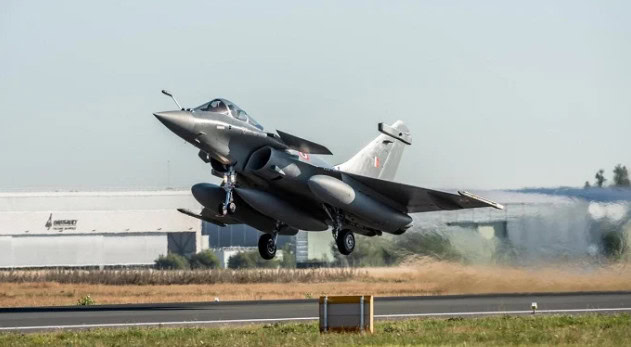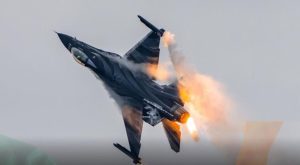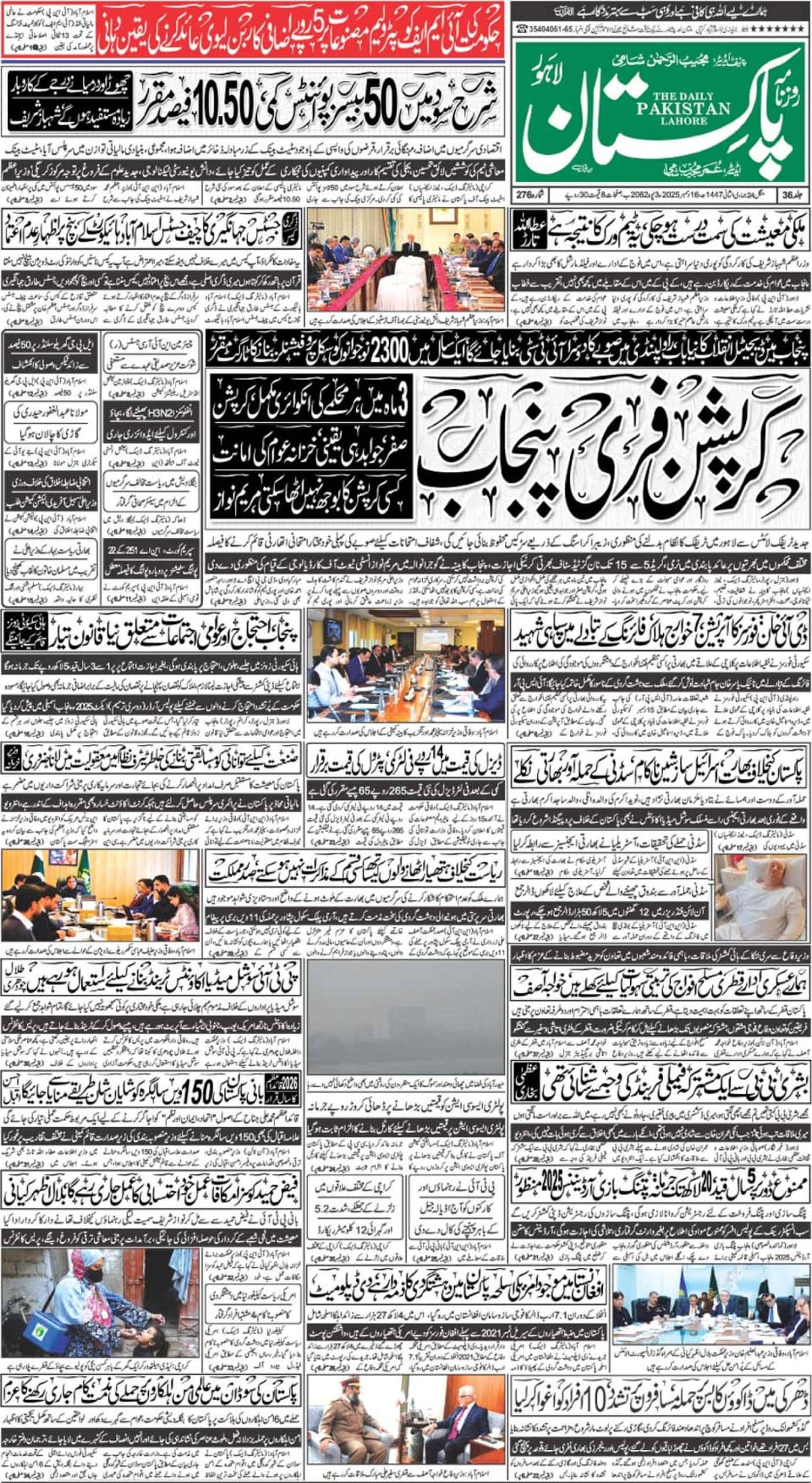At 4:00 a.m., something extraordinary happened—not on the battlefield, but in the diplomatic shadows. China’s ambassador to Pakistan reportedly made an urgent call to Rawalpindi. Within hours, a long-prepared contingency went live. What followed wasn’t just an air skirmish—it was a revelation that shattered the myth of India’s air dominance.
The Indian Air Force had been assembling for days—nearly 180 aircraft concentrated on the western front. The goal was clear: repeat Balakot, break Pakistani defenses, and restore the image of strategic supremacy.
But the skies were no longer the same.
Why They Stayed 300 km Away
The Indian Air Force never crossed the threshold. They knew what waited for them beyond it:
Chinese J-10C fighters, sleek and silent
PL-15 missiles, Mach 5 hunters with over 300 km range, Erieye radars, linking every shooter into a single deadly nervous system
What India saw was not just Pakistani pilots—it was China’s entire air warfare doctrine stretching from Skardu to Pasni.
And the Rafales? They never saw it coming.
One Rafale—valued at over $250 million—was reportedly shot down mid-air. Another barely made it back. The Spectra EW system, designed to protect it, was overwhelmed. The PL-15 didn’t come with radar—it came with AI-guided silence.
This wasn’t a dogfight. It was an ambush.
The Pakistani Air Force, aided by Chinese targeting satellites and AWACS, executed a sensor-fusion kill. The Rafales never got a lock, never even saw their adversary. When the missiles hit, it was already over.
And India knew: if one Rafale can fall, so can five.
That’s why the fleet was grounded.
That’s why they stay 300 km away from the border.
Not because they lack courage—but because they now lack certainty.
Strategic Embarrassment
The implications are enormous. India’s prestige weapon, the Rafale, fell to a Chinese missile fired by a Pakistani jet. That’s not just a tactical failure—it’s a geopolitical message.
Even Bloomberg wrote it: this is a live demonstration of Chinese-Pakistani integrated warfare.
Western analysts are stunned. French defense contracts are rattled.
China, meanwhile, is watching quietly… and smiling.
The Game Has Changed
This isn’t 2019. This isn’t Balakot.
India now knows that any venture into Pakistani airspace invites a death trap orchestrated by J-10Cs, PL-15s, and Pakistani resolve.
So they stay back.
Grounded by fear.
Blinded by radar.
And humiliated by silence.
“The Indian pilot didn’t fail from lack of skill.
He failed inside a battlefield he couldn’t see— built by satellites, linked by sensors, and executed by machines.”
In May 2025, the game changed. India’s long-nurtured dream of aerial supremacy—anchored in the purchase of 36 Rafale jets, backed by the mythical Spectra EW suite and decades of French engineering—came crashing down over Kashmir.
It wasn’t a dogfight.
It wasn’t even a fair fight.
It was a doctrinal collapse, witnessed in real time by every military strategist across the globe.
The #Rafale was supposed to be untouchable. Its technology, unmatched. Its pilots, elite. But on that fateful day, it flew into a kill box it never saw. And never escaped.
The Lethal Kill Chain
China quietly stepped in—not in the way most Western analysts imagined.
There were no J-20s or war declarations.
There was a box. A network. A silent chain of observation and execution:
Saab Erieye AWACS patrolling silently
J-10C fighters flying in passive mode
PL-15E missiles—the export PL-15E, the domestic variant with over 300 km reach and Mach 5 speed—locked in and fired
The Rafale didn’t even know it was targeted until the missile was 50 km away.
At that speed, the Indian pilot had 9 seconds.
Not enough to react.
Not enough to survive.
Why the IAF Is Grounded
You don’t see the Indian Air Force over Kashmir anymore.
Why?
Because every time a fighter lifts off, Pakistani radars pick it up.
Because the Erieye sees what Indian radars can’t.
Because the PL-15 launches from outside Rafale’s threat envelope.
Because the Rafale, once India’s silver bullet, has been turned into a $250 million sitting duck.
The IAF now flies 300 km behind its own borders.
Balakot 2.0? It will not happen. Not in this sky.
A Doctrinal Humbling
The world is watching the fallout.
Dassault Aviation’s share price remains stagnant.
Chinese defense stocks—AVIC, ALD Chengdu—are surging.
Because the battlefield was not decided in a dogfight.
It was decided by C4ISR supremacy—Command, Control, Communication, Computers, Intelligence, Surveillance, and Reconnaissance.
Pakistan did not outgun India.
It out-networked it.
And India, stunned, grounded its birds.
India’s Pain, Pakistan’s Message
India invested in platforms. Pakistan invested in kill chains.
Modi’s doctrine was: buy dominance.
Reality proved: you must build dominance.
No Spectra system can counter a missile it never detects.
No EW suite can spoof a missile fed by satellite data.
No fighter jet can outrun the death it doesn’t see coming.
The sky has changed.
This is not the end of air combat.
It is the beginning of silent, invisible, unanswerable air dominance.














